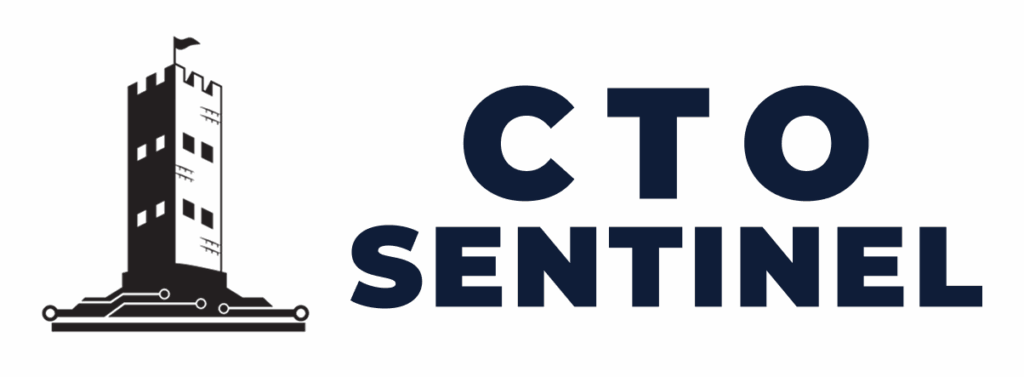A conversation with Etienne de Bruin on their groundbreaking new book that’s changing how CTOs think about organizational complexity
Every tech leader has felt it—that moment when everything that worked yesterday suddenly stops working today. You hire a rockstar engineer from Apple, and somehow your entire planning process collapses. You scale from 20 to 40 people, and inexplicably, you’re shipping slower than when you had 10.
What if there’s an invisible system at play that explains all of this?
In a recent conversation on the Modern CTO podcast, Etienne de Bruin, founder of 7CTOs, revealed the core insights from his new book “Liquid: Navigating Complexity as Your Technology Business Grows” (releasing August 19th). Co-authored with Kathy Keating and Scott Graves, this book promises to fundamentally change how technology leaders understand their organizations.
The Three States of Every Tech Company
“Every company exists in one of three states,” Etienne explains. “Frozen, liquid, or boiling.”
Frozen: Death by process. Five approvals to change anything. Teams are paralyzed by bureaucracy and over-regulation.
Boiling: Pure chaos. Everyone working on everything. No clear ownership. Adding more people actually makes things worse.
Liquid: The sweet spot. Clear boundaries but flexible execution. Teams flow with purpose and adapt quickly.
The tragedy? Most leaders don’t know which state they’re in. So they make it worse—adding process to chaos (creating frozen systems) or removing all barriers from rigid systems (creating boiling chaos).
Why Your Best Efforts Often Backfire
Etienne shares a painfully honest story about his own failure as a CTO. Despite having created viral content about “What is the Role of a CTO?” and leading a successful CTO community, he botched a major release and nearly burned out trying to implement his own frameworks.
“I was being a tech guy, not a CTO,” he admits. “I wasn’t managing the company to its business objectives. I didn’t understand what the CEO really wanted.”
This revelation led to a fundamental shift in thinking. Instead of focusing on the traditional “Four T’s” (Tech, Team, Timing, Tools), Etienne discovered what he calls the Four Sentinels—emergent properties of healthy technology organizations:
Speed: Not just velocity, but creating conditions where work flows without friction
Stretch: The organization’s ability to grow without breaking
Shield: Protecting the company from internal and external threats
Sales: Cross-functional alignment and the ability to communicate value internally and externally
The Complex Adaptive System You Can’t Control
Perhaps the book’s most profound insight is that technology organizations are complex adaptive systems—networks of relationships where behavior emerges from interactions you can’t directly control.
“You can’t control the behavior directly,” Etienne emphasizes. “You can only influence the emergent properties through changing the entities and relationships in that complex adaptive system.”
This explains why that stellar hire from Apple might destabilize your entire team. It’s not about the individual—it’s about how their addition changes the web of interactions, creating ripple effects no one could predict.From Theory to Practice
What makes “Liquid” different from typical business books is its foundation in real-world experience. The authors haven’t just studied these concepts—they’ve lived them, failed with them, and refined them through work with hundreds of technology companies.
The book follows Alice (a CEO) and Bob (her CTO) as they navigate the treacherous waters of scaling their startup. Through their story, readers learn to recognize the warning signs of phase changes and understand when their organization is about to tip from liquid to frozen or boiling.
Why This Matters Now
As host Joel Beasley points out, the title “CTO” encompasses everyone from garage founders to executives running teams of 400+ at companies like Verizon. What works at one stage can be catastrophic at another.
“Liquid” provides the missing foundation—not another framework to memorize, but a new way of seeing. Once you understand whether your system is frozen, boiling, or flowing, you stop fighting symptoms and start influencing the actual system.
The Financial Piece Most CTOs Miss
One surprising element that emerged in the conversation was Etienne’s emphasis on financial acumen. He’s developed a framework called CORE (Cost of goods sold, Opex, Revenues, Earnings) specifically to help CTOs speak the language of business.
“There’s a massive difference between the CTO who understands finances and the one who doesn’t,” he notes, sharing how many CTOs lose political battles to COOs simply because they can’t articulate their value in financial terms.
Get Ready to Relearn Everything
Perhaps the most humbling insight from the conversation came from a comparison to musicians. Just as John Mayer has to relearn his own songs to perform them well, CTOs must be willing to relearn fundamental skills as their organizations evolve.
“The disappointment that you can feel—like, ‘I should know this stuff by now’—sometimes you just live in that disappointment,” Etienne reflects. “When really all you had to do was say, ‘I’m going to relearn the song.'”
Available August 19th
“Liquid: Navigating Complexity as Your Technology Business Grows” will be available on Amazon and wherever books are sold starting August 19th. For those who can’t wait, pre-orders are available now.
Visit ctosentinel.com/liquid to learn more and discover “the secret hidden machine that is either working for you or against you.”
As Etienne puts it: “Once you see the system, you can’t unsee it. And that’s when real leadership begins.”
Note: This article is based on Etienne de Bruin’s appearance on the Modern CTO podcast with Joel Beasley. The book “Liquid” is co-authored by Etienne de Bruin, Kathy Keating, and Scott Graves.
About The Author
Editor’s Pick
September 24, 2025
September 5, 2025
August 19, 2025




